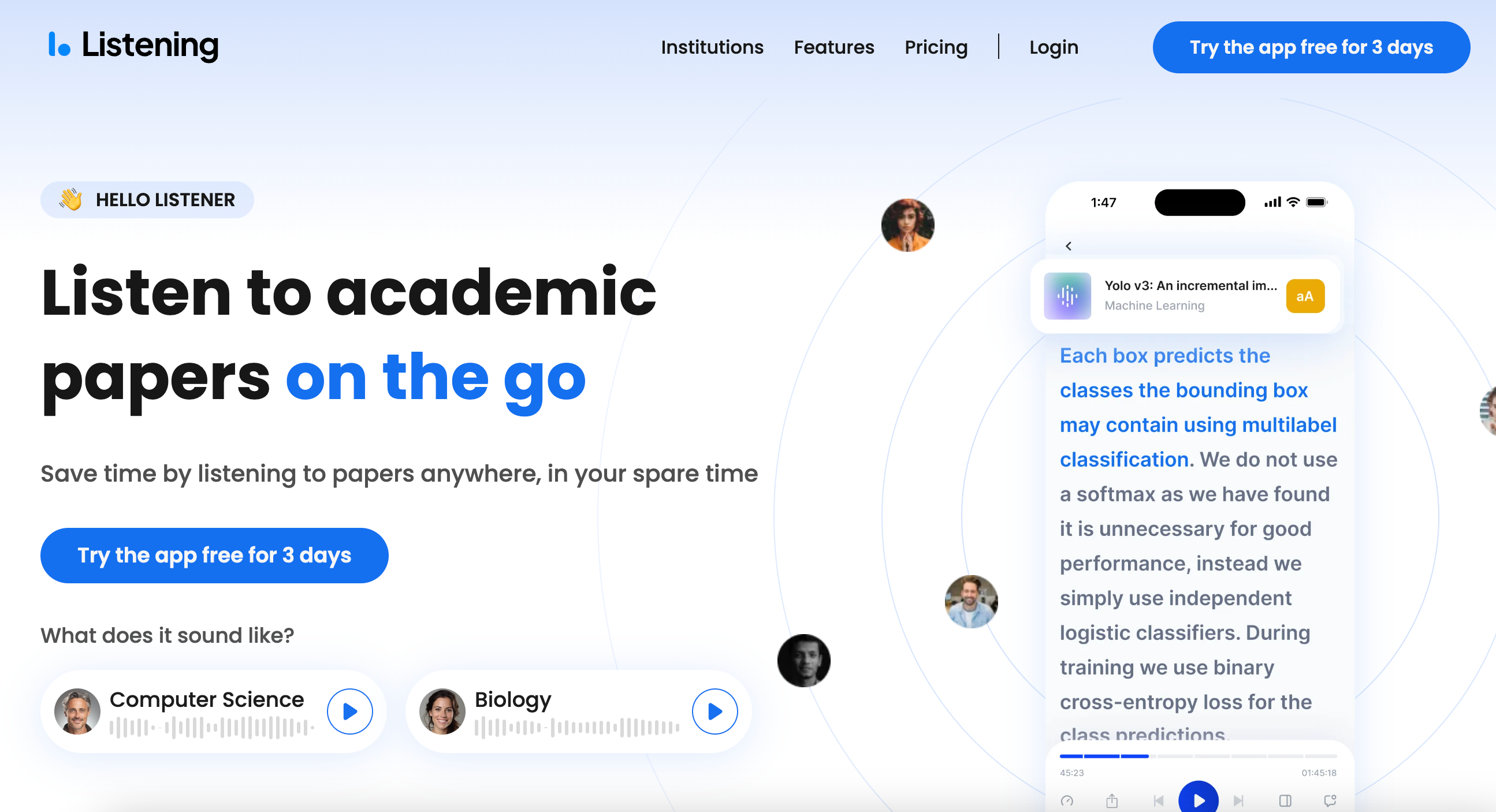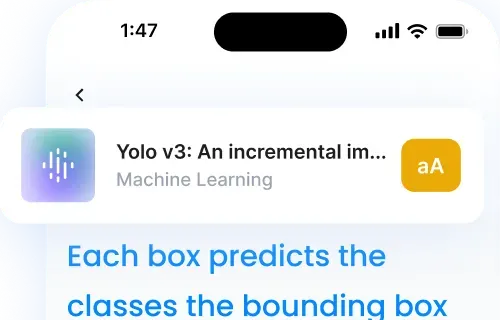Artificial Intelligence (AI) is a hot topic in various industries, and education is no exception. As technology continues to advance, more and more educators and parents are exploring the potential of AI in education to enhance the learning experience for their students.
From personalized learning to intelligent tutoring systems, artificial intelligence is transforming the future of how we teach and learn.
In this article, we will explore 4 practical tips for using artificial intelligence in the classroom to improve student engagement, address learning difficulties, encourage critical thinking, require learning, and streamline lesson planning.
How to Use AI in the Classroom? 4 Practical Tips for Teachers and Educators
1. Use AI Tools to Make Learning More Engaging
One of the most significant advantages of using artificial intelligence in the classroom is its ability to make student development more engaging and interactive.
Some activity ideas include using AI-powered educational games and simulations that can provide students with immersive learning experiences that are both fun and educational.

For example:
* Listening.com uses artificial intelligence to convert written text into speech format, making it easier for students to consume and understand complex information.
With this alternative way to access educational materials, Listening.com caters to auditory learners and helps students stay engaged with the subject matter.
* Quizlet incorporates AI to create adaptive learning experiences. The platform uses machine learning algorithms to personalize study sets and flashcards based on a student’s performance and progress.
By continuously adapting to the student’s needs, Quizlet keeps them engaged and motivated to learn.
* Duolingo uses AI to gamify the language learning process. The app employs AI chatbots to simulate real-life conversations in different languages, making language learning more interactive and enjoyable.
Duolingo also uses machine learning to personalize lesson plans and provide real-time feedback, keeping students engaged and encouraging them to progress through the curriculum.
By using AI technology in the classroom, teachers can create a more dynamic and engaging learning environment that caters to the constantly changing and diverse learning styles and needs of students.
2. Address Learning Difficulties with Assistive Technology
AI systems can also address learning difficulties and provide assistive technology for students with special needs. For example:
* AI speech recognition software, such as Dragon Speech Recognition or Google Speech-to-Text, can help students with hearing impairments participate in class discussions and access course materials.
These tools accurately transcribe spoken words into written text in real-time, allowing students to follow along and engage with the lesson.
* AI-powered text-to-speech software, like Listening.com or Voice Dream Reader, can help students with visual or hearing impairments access written course materials.
These programs use advanced artificial intelligence algorithms to convert digital text into natural-sounding speech, enabling students to listen to their textbooks, assignments, and other written content.
* Adaptive learning platforms, such as Knewton or Carnegie Learning, use deep learning algorithms to analyze a student’s performance and adjust the content and pace so that teachers can tailor lessons accordingly.
By providing personalized learning experiences to each student’s unique needs and abilities, these artificial intelligence applications can help with the student’s individual learning.
* Grammarly, a writing assistant that uses artificial intelligence to detect and correct grammar, spelling, and punctuation errors, can be beneficial for dyslexic students with their writing skills.
* AI-powered apps like Focus\@Will and Brain.fm use music and sound patterns that are scientifically designed to improve focus and attention, which can benefit students with ADHD.

With these AI-powered assistive technologies, educational institutions are more capable of providing students with the support, resources, and universal access that students need to succeed. These tools can help bridge the gap between students with learning difficulties and their peers, ensuring that every student has an equal opportunity to learn and thrive.
3. Train Students to Ask Questions
Asking questions is one of the most important skills students can learn in the classroom. Educators can use artificial intelligence tools to teach students how to ask effective questions.
As Houman Harouni, a lecturer at the Harvard Graduate School of Education points out, educators should focus on understanding the opportunities left open by technology. Students should critically examine AI-generated questions and answers, and formulate their own follow-up questions.
- Generative AI tools, like ChatGPT or QuestionGen, help students learn to ask open-ended questions that encourage deeper learning and understanding. These tools generate thought-provoking questions based on a given topic or text, providing a starting point for further exploration.
Educators can use artificial intelligence systems to give knowledge and teach students how to ask effective questions:
- Students should critically examine AI-generated questions and answers, and formulate their own follow-up questions.
- For example, students can use ChatGPT to generate initial questions and answers on topics they’re interested in.
- The real learning happens when students are prompted to ask follow-up questions, digging deeper into the subject. This process develops curiosity, critical thinking, and the ability to engage in meaningful dialogue.
AI discussion forums, like Packback or Parlay Ideas, provide a platform for thoughtful discussions and debates which develop critical thinking, and communication skills among students. These tools use machine learning to moderate discussions, ensure respectful interactions, and provide personalized feedback to students.
By using these tools, educators create a learning environment that fosters intellectual curiosity and encourages students to ask probing questions. Educators guide students in using artificial intelligence tools effectively, empowering students interests for them to become active learners and critical thinkers.
4. Improve Lesson Planning with Tools

AI in education can improve administrative tasks such as school management and lesson planning, among others:
* AI-supported lesson planning tools, like Lessonly or Planboard, help teachers create engaging and effective lessons quickly.
These tools use deep learning to analyze educational content and generate personalized lesson plans based on grade level, particular subject matter, and learning goals. They save teachers time and ensure lessons align with standards.
* Content creation applications, such as Adobe Spark or Canva, simplify creating interactive presentations, videos, and multimedia content for the curriculum.
These tools make it easy to create professional-looking visual aids without extensive design skills.
* Educational solutions for grading, such as Gradescope or Crowdmark, help teachers in routine tasks such as grading assignments and providing feedback.
These solutions automate grading for multiple-choice and fill-in-the-blank questions and provide teachers with suggestions for grading open-ended responses. This could be very time-consuming. With these tools, they free up time for teachers to focus on individualized feedback and support.
- Analytics software, like Clever and Schoolzilla, track student progress, identify areas for improvement, and inform data-driven decisions about teaching instruction. They collect and analyze data from attendance records, assessment scores, and student surveys to provide actionable insights.
By using these AI applications for lesson planning, content creation, grading, and analytics, teachers can avoid mundane tasks and streamline their workflow. Schools can then focus on delivering high-quality, personalized instruction.
As AI advances, it has the potential to revolutionize lesson planning and instruction in global classrooms, leading to better learning outcomes.
How to Handle Concerns Against Using Artificial Intelligence
Despite the many benefits of AI in education, there are also concerns about its use in school districts. Some worry that artificial intelligence will replace human teachers, while others are concerned about the privacy and security of student data.
To address these concerns:
- It is important for educators to be transparent about their use of AI and to ensure that student data is protected.
- School administrators should communicate to students and parents how artificial intelligence is being used in the classroom and what measures are in place to safeguard student privacy.
- It’s also crucial to emphasize that AI is meant to augment and assist human teachers, not replace them entirely. Teachers play a vital role in providing emotional support, fostering social skills, and adapting to individual student needs and development in ways that AI cannot.
Another way to handle apprehension about AI in education is to start small and gradually incorporate it into the classroom. Teachers can begin by using AI-augmented tools for specific tasks like grading or content creation, rather than overhauling the entire curriculum in one go.
As students and educators become more comfortable with the technology, they can explore additional applications that can be useful for the classroom.
Ongoing teacher training and professional development around artificial intelligence are also key. Schools need to understand not only how to use AI systems effectively, but also their limitations and potential biases.
Conclusion
AI in education has the potential to revolutionize education by making the student learning experience more engaging, personalized, and effective. From immersive educational games to assistive technology for students with special needs, AI offers a wide range of applications in the classroom.
However, the schools need to use artificial intelligence responsibly and transparently, with a focus on enhancing rather than replacing human instruction.
By starting small, communicating clearly, and prioritizing student privacy and teacher training, educators can successfully integrate AI into their teaching methods. As artificial intelligence advances, it will open up even more exciting possibilities for transforming education and preparing students for the future.
While there may be challenges and concerns to navigate along the way, the potential benefits of AI in the classroom and education, are too significant to ignore. With thoughtful implementation in schools, AI can help create a more engaging, inclusive, and effective learning environment for all students.









